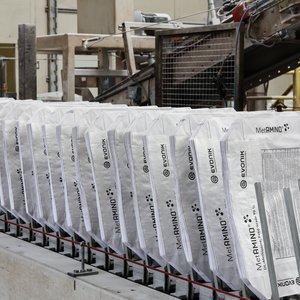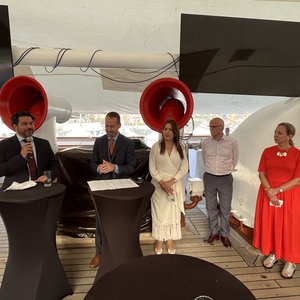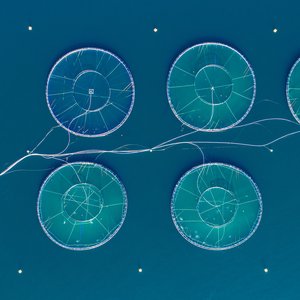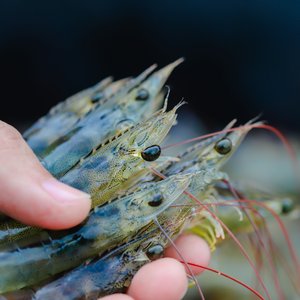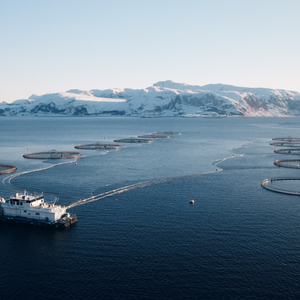IFFO re-appraisal of transformation efficiency of fishmeal
The often quoted assertion that it takes five or even 10 kilos of wild feed fish to produce one kilo of farmed salmon is erroneous and therefore misleading and damaging to the perceived eco-efficiency of aquaculture and its use of fishmeal and fish oil. The accurate average Fish In:Fish Out (FIFO) ratio for salmon is 1.7:1, and falling.
When looking at the average of worldwide aquaculture production, it takes just 0.5 kilos of wild fish to produce each kilo of farmed fish. For all farmed animal and fish production, including pigs and chicken, the global overall average FIFO is 0.07:1 - or, for every one kilo of whole fish caught, 14 kilos of livestock is produced. Salmon have higher FIFO ratios because their feed contains a high content of fishmeal and fish oil.
These were among the key messages to the Seafood Summit 2009 in San Diego (IFFO) during the Workshop Feeding the Aquaculture Industry: Supply, Demand and Sustainability.
"The incorrect statement that it takes five or more kilos of wild fish to produce a kilo of salmon has eclipsed balanced discussion on the eco-conversion of fishmeal and fish oil," said Dr Jonathan Shepherd, Director General of IFFO.
At the Seafood Summit, Dr Andrew Jackson presented up-to-date and accurate ratios. He used the same assumptions as Tacon and Metian in their 2008 study of fishmeal and fish oil use in aquaculture which calculated a FIFO of 4.9:1 for salmon. But Dr Jackson made two crucial improvements to the method of calculation.
Firstly, Tacon and Metian had failed to consider the different proportions of fish meal and fish oil in the constitution of feed fish and the diets of farmed salmon. Salmon have a high oil requirement, which necessitates producing more fishmeal to provide for this high fish oil requirement; however in no part of the aquaculture supply chain is the excess fishmeal wasted! The complementary functions of fishmeal and fish oil have many uses within the varying needs of aquaculture production so that market laws supply these essential commodities to where they are needed. The previous FIFO ratio calculation by Tacon and Metian suggested that excess fishmeal in the case of farmed salmon, and excess fish oil in the case of farmed shrimps and prawns is neglected or not used. This has resulted in the erroneously high FIFO ratios.
Secondly, around 22% of fishmeal production now originates from fish by-products rather than whole feed fish. Factoring this in further reduces the FIFO ratio in salmon and indeed in all aquaculture.
"Eco-conversion on a Fish In:Fish Out basis had been drastically under calculated," said Jackson at the Summit. "Now that these headline figures have been corrected, we hope all interested parties can proceed with a more informed discussion on the many and complex aspects of economic, environmental and social sustainability", he said.
Three other fundamental fishmeal issues were tackled in the Workshop. Dr Hector Soldi described the science-based management of the world's biggest feed fish stock, Peruvian anchovy; Juan C. Ferrer of Pesquera San José SA, Chile, explained that the production of fishmeal and fish oil was not at the cost of human food; and Andrew Jackson refuted the myth that shortage of fishmeal and fish oil would restrain aquaculture's growth.



